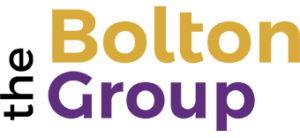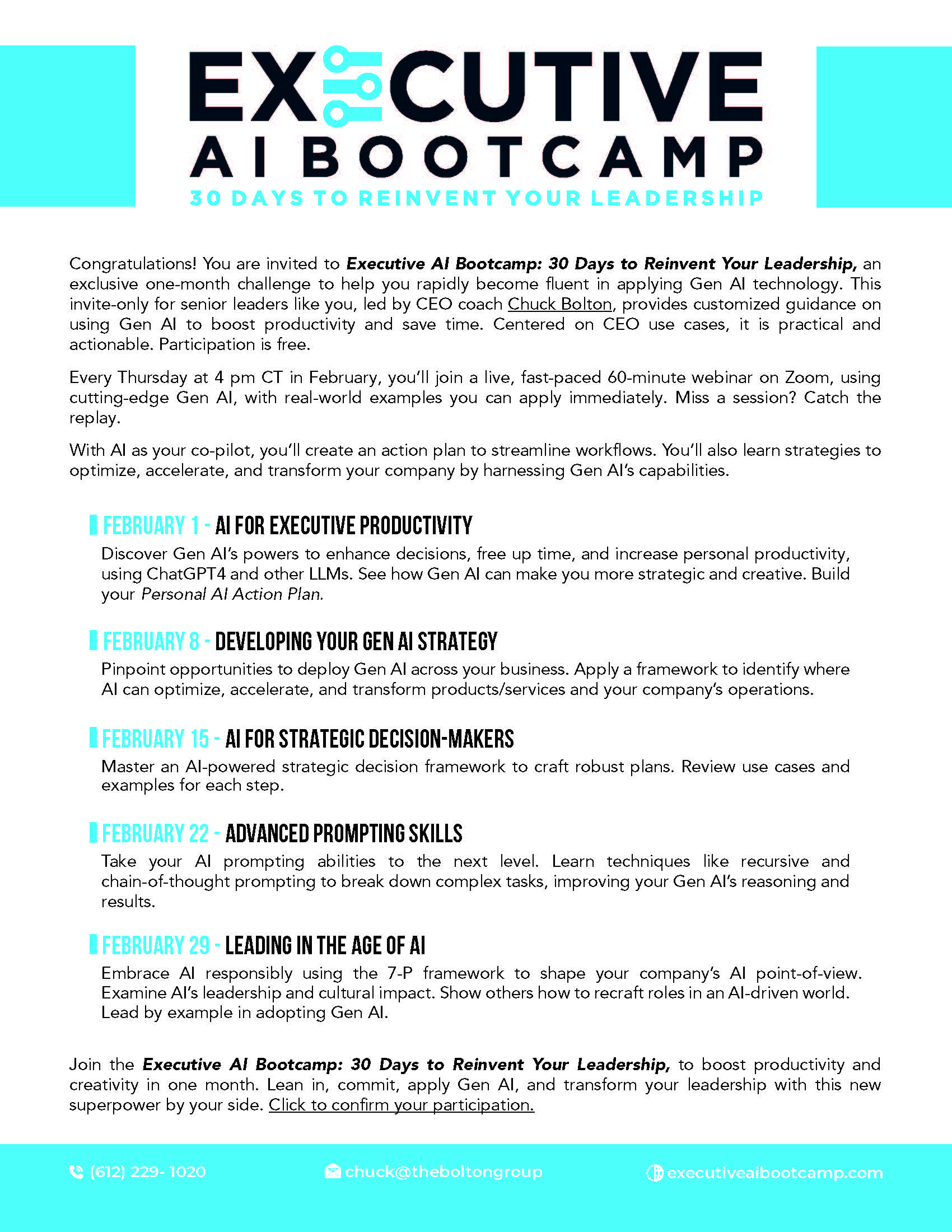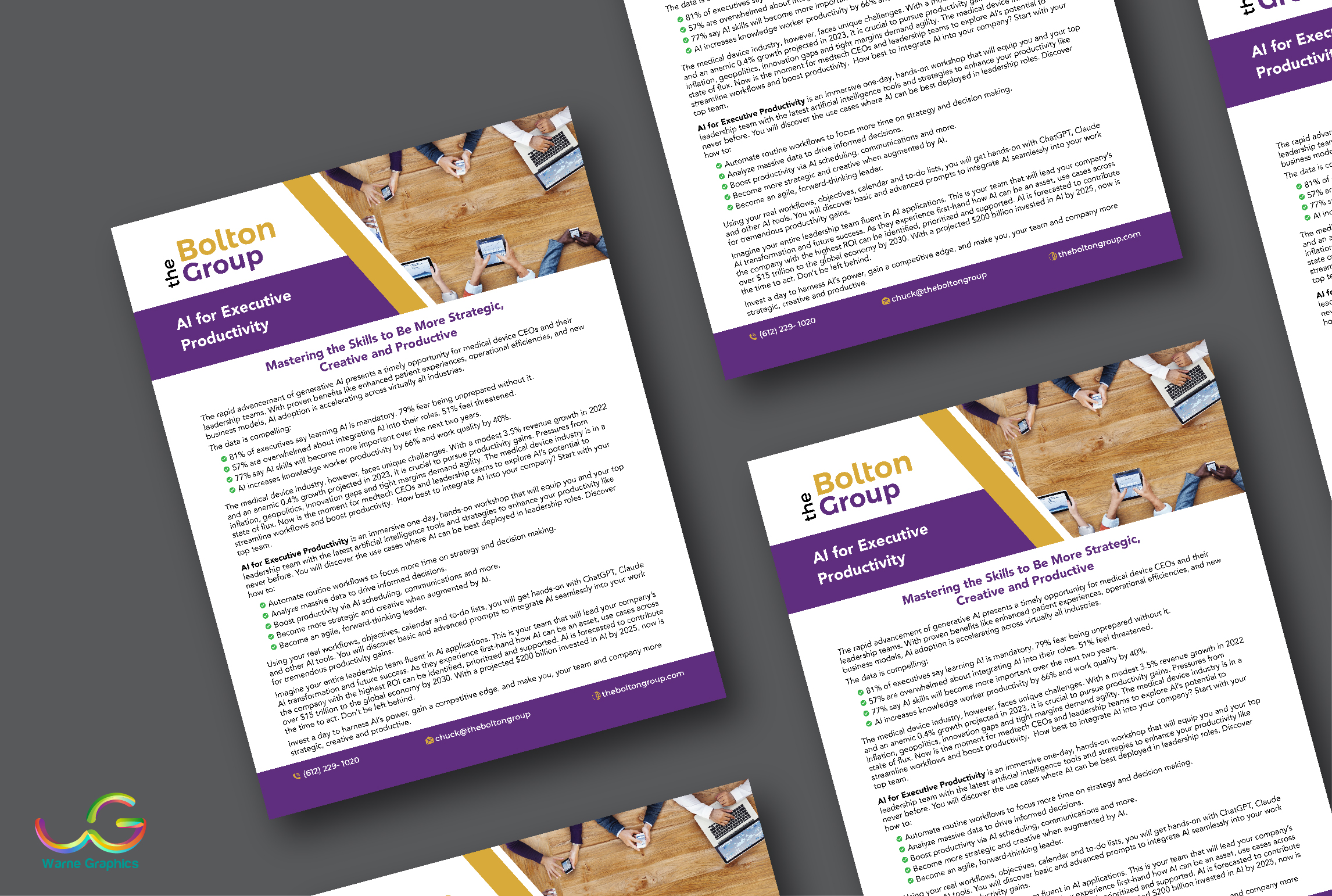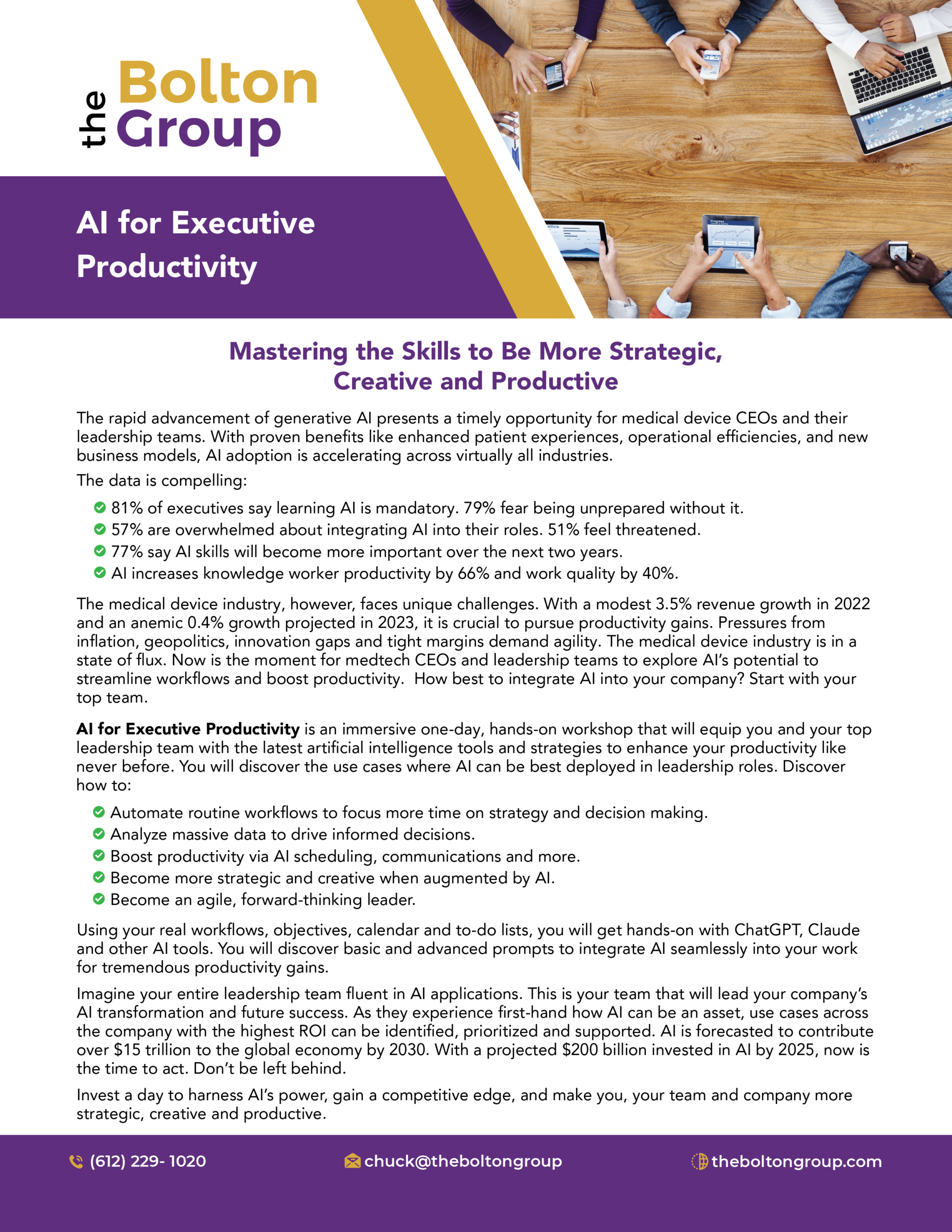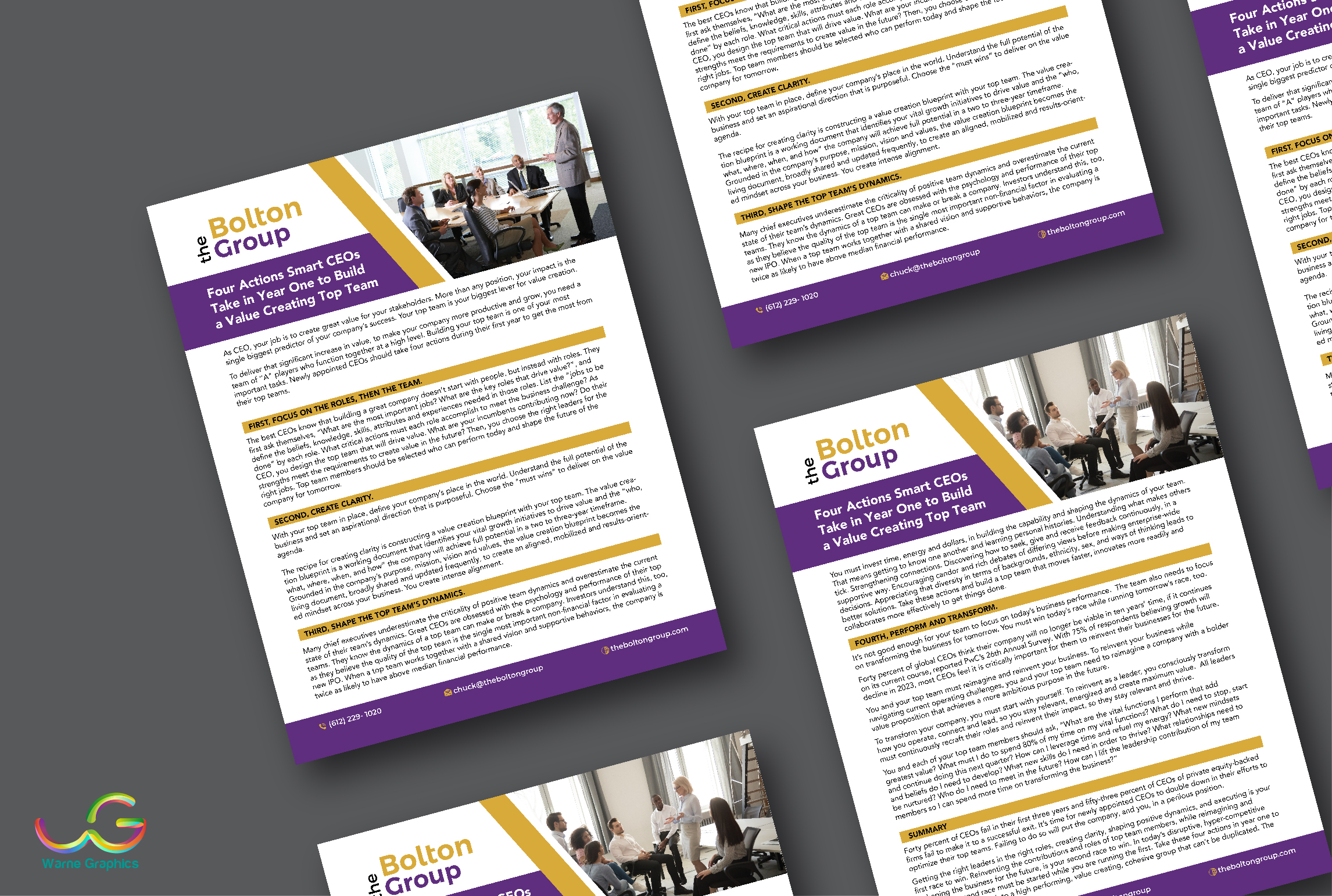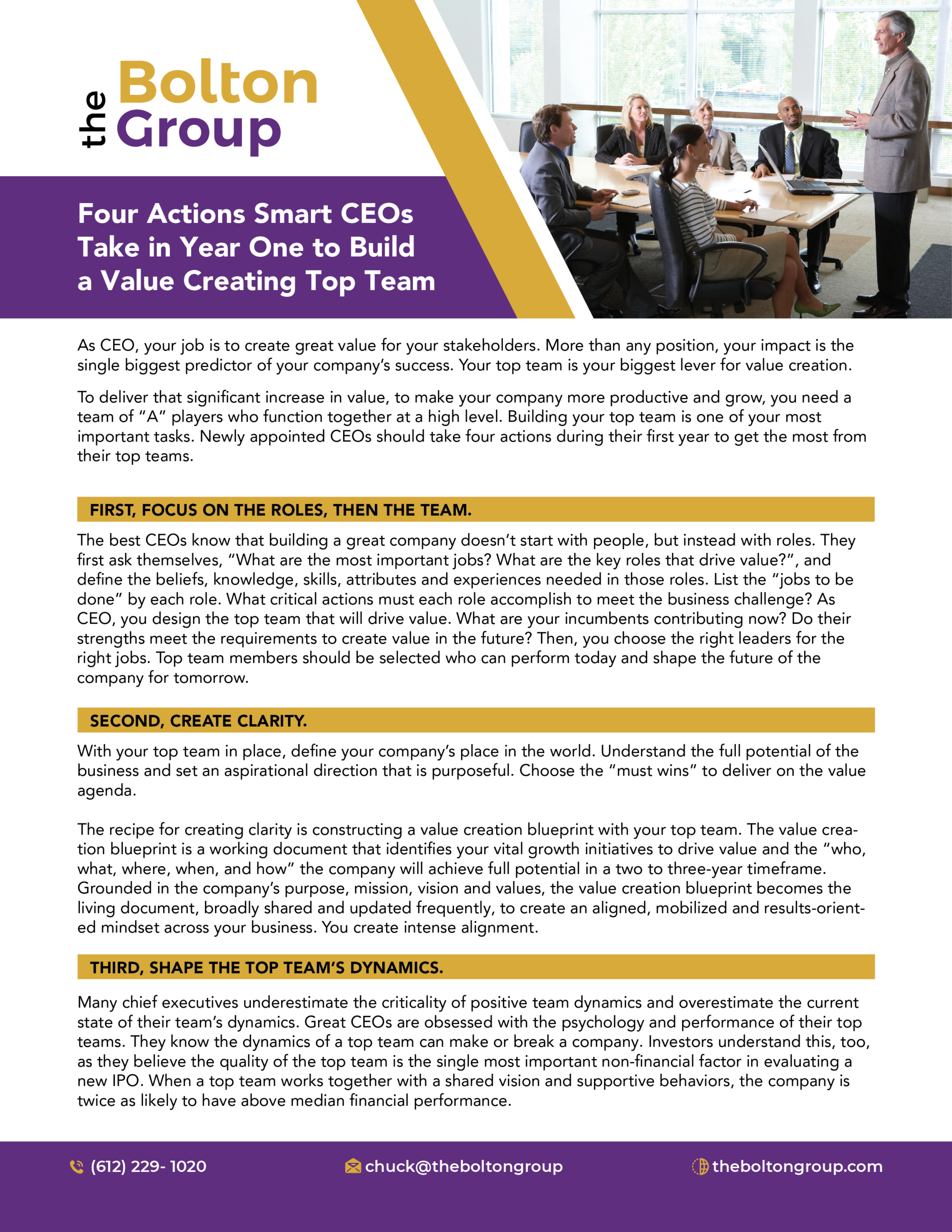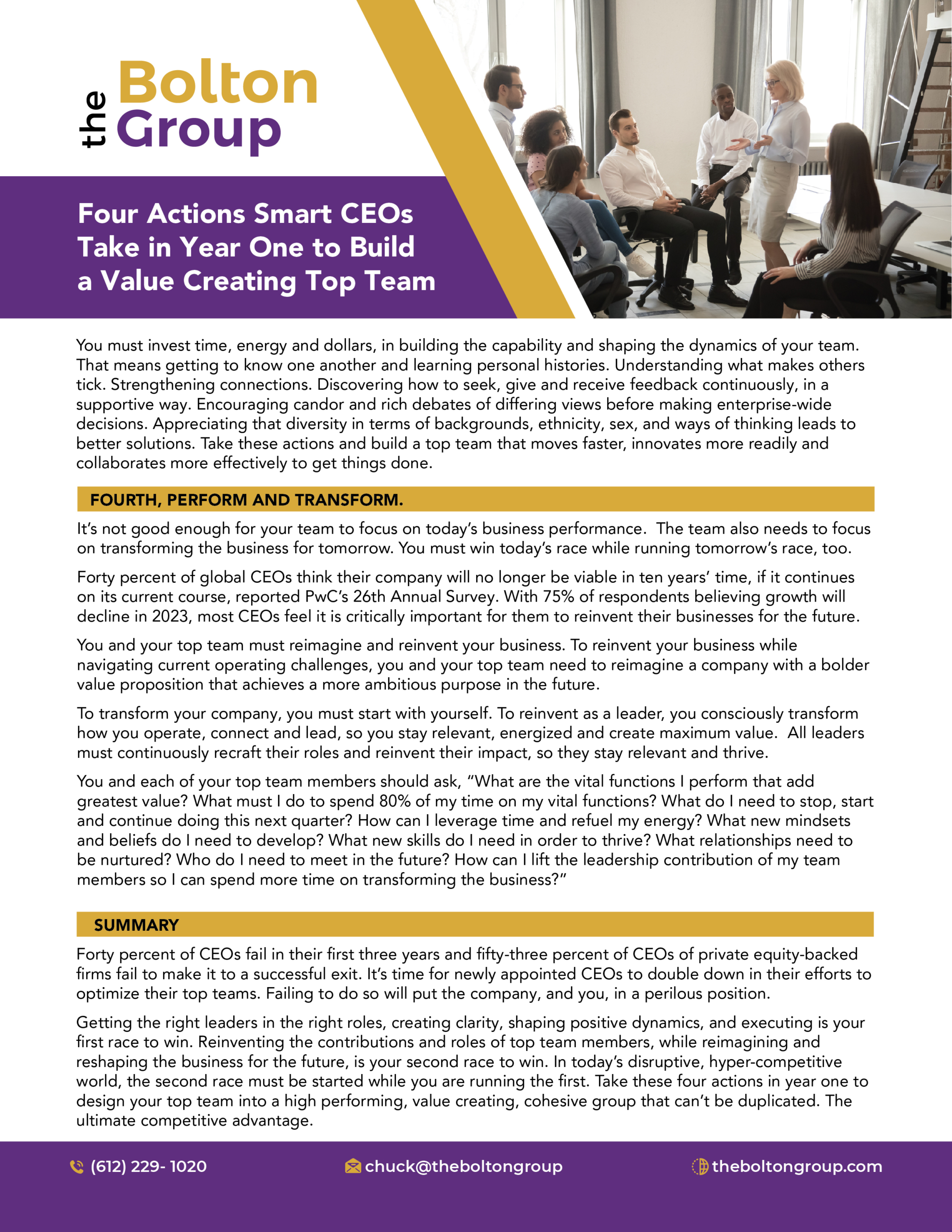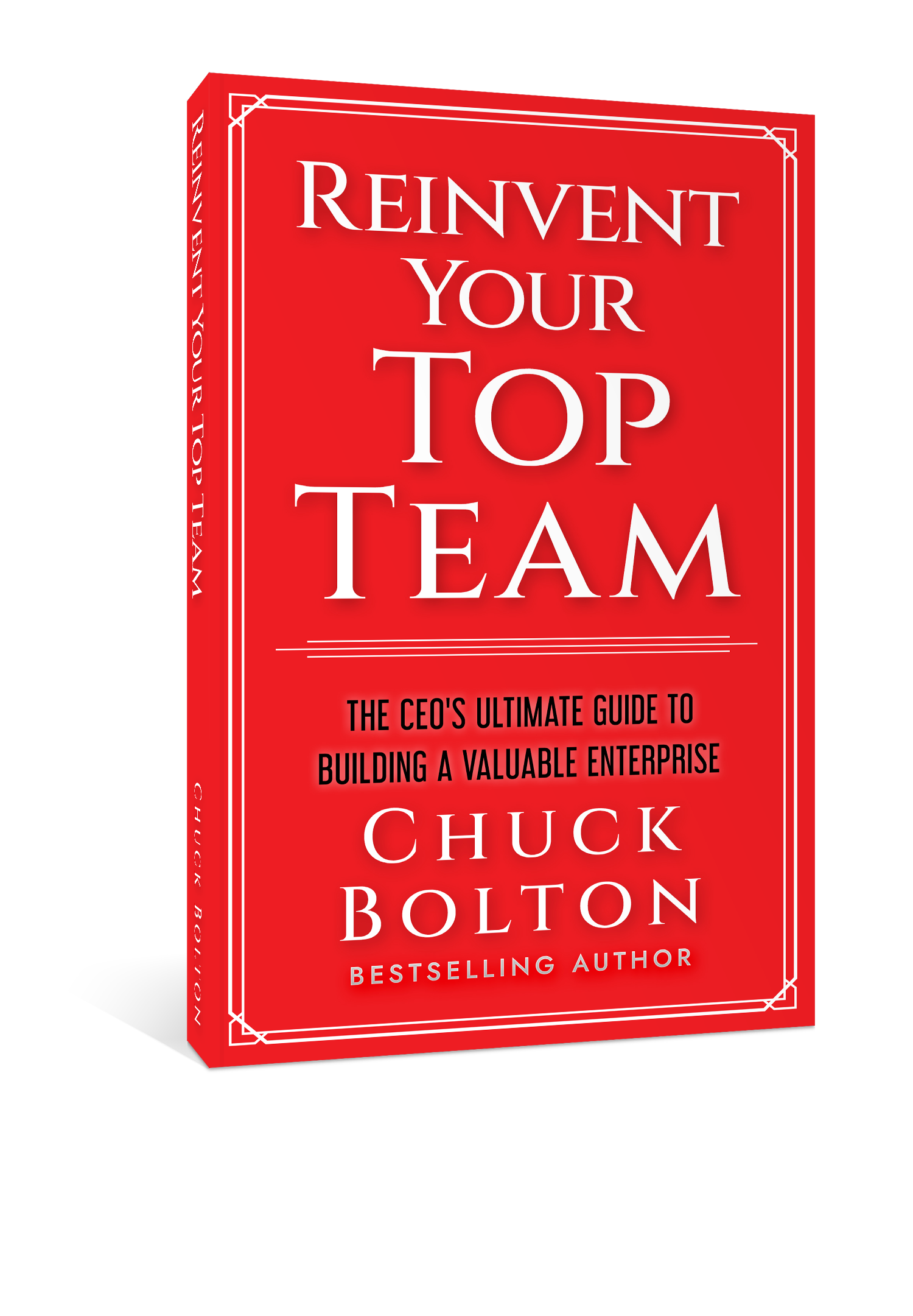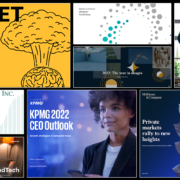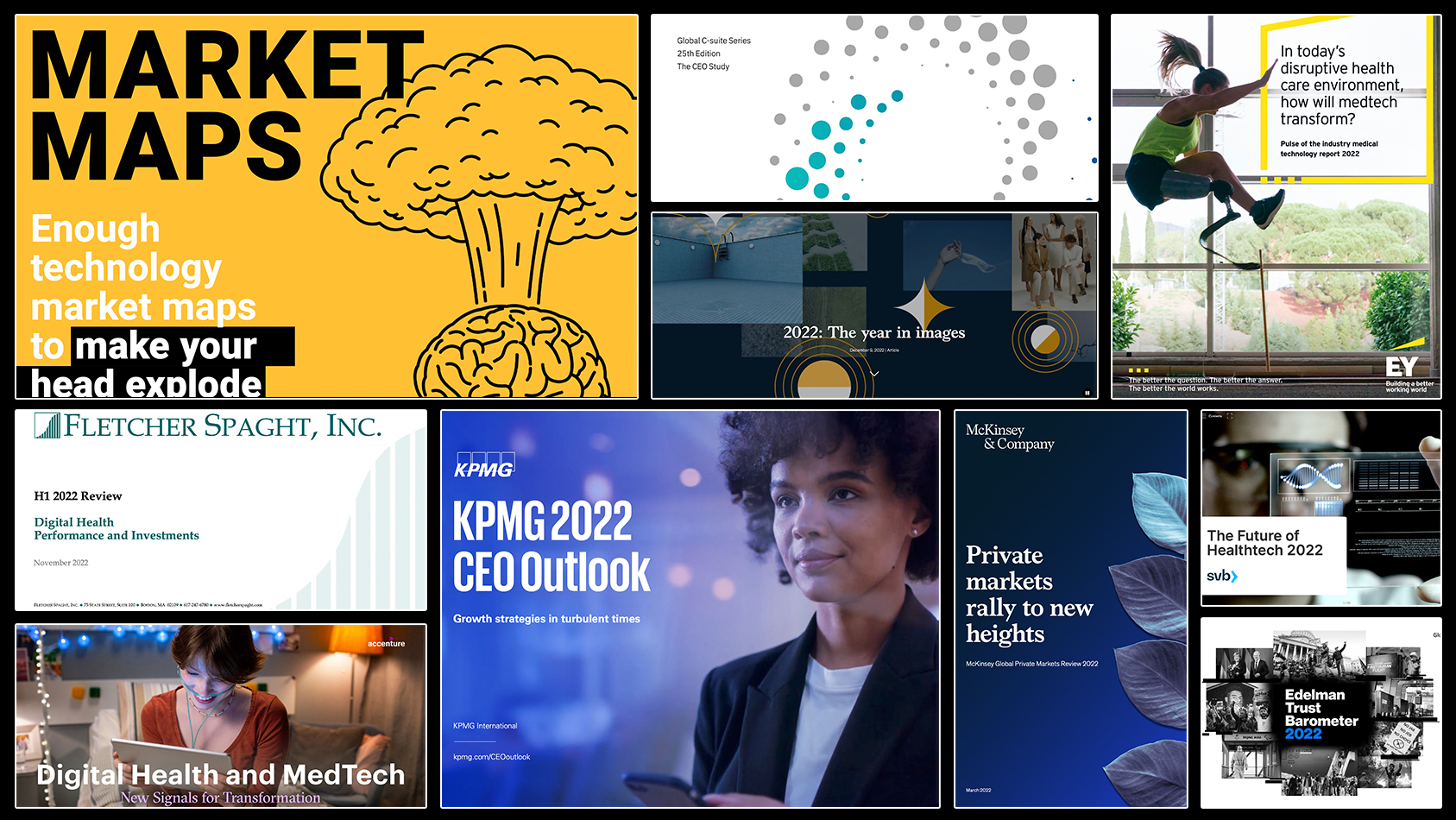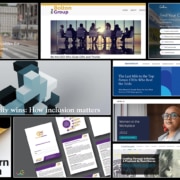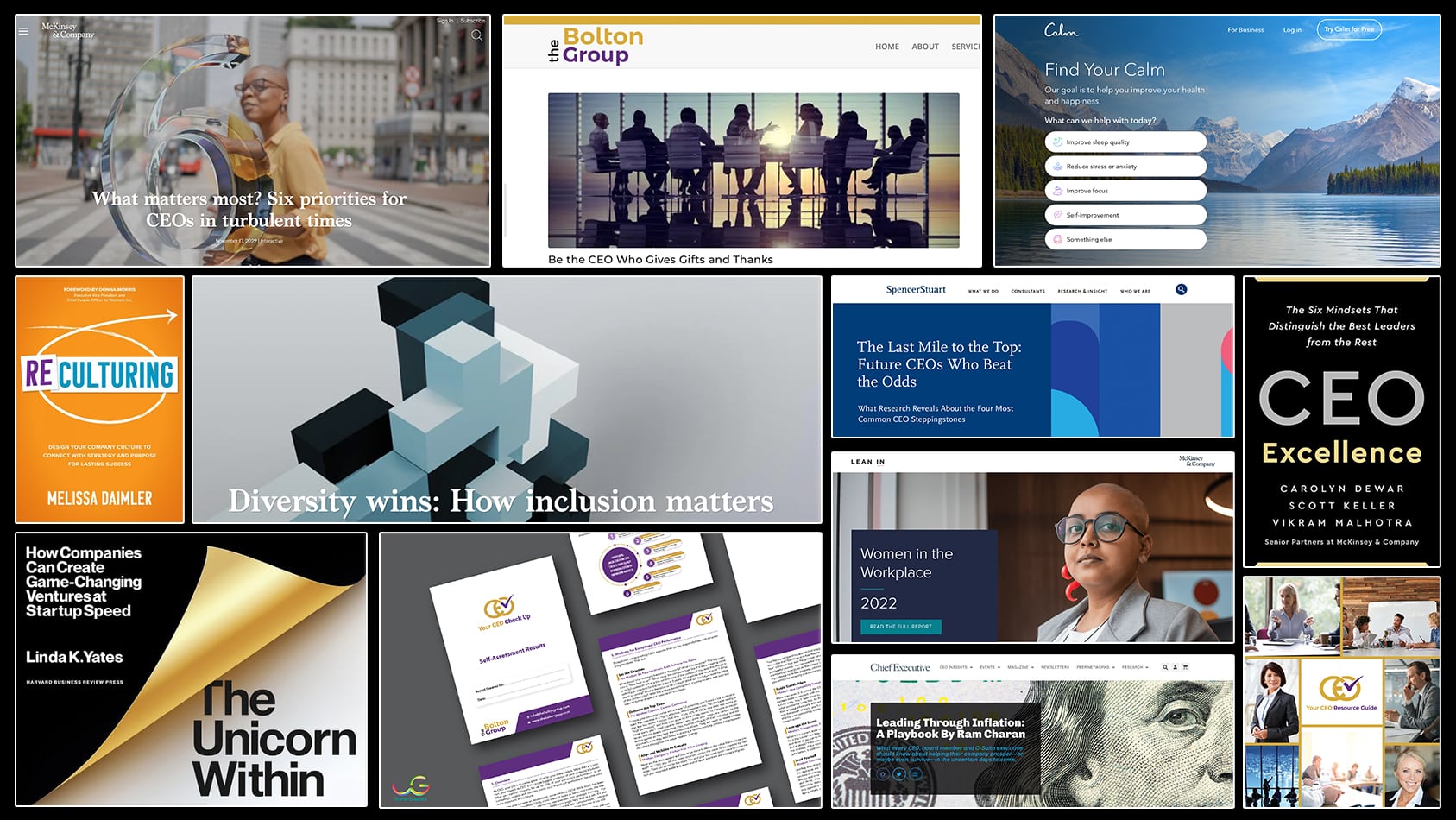A Secret Weapon for Busy Executives: Claude 3.5 Sonnet Turns Hours into Minutes with AI-Driven Executive Summaries and Infographics
Are you a busy leader embracing the power of generative AI? If so, you’ve likely explored using large language models to summarize lengthy documents. Let’s face it: time is a precious commodity for executives, and the sheer volume of information flooding your devices can be overwhelming. The challenge lies in efficiently sifting through this data deluge to extract crucial insights that keep you at the top of your game.
The Information Overload Challenge
The breadth of information CEOs and executives need to stay current is daunting. Your reading list might include:
- Industry-specific trade journals
- Financial reports and economic analyses
- Technology and innovation publications
- Leadership and management books
- Global news
- Competitor analyses
- Customer feedback and market research
- Risk management and cybersecurity briefings
- Biographies of business leaders
- ESG reports
Falling behind isn’t an option. If you’re not learning, you’re not growing, and you risk becoming irrelevant in today’s fast-paced business world.
The AI-Powered Solution: Claude 3.5 Sonnet
What if you could slash your reading time by 90%? It’s possible with AI-generated summaries and custom infographics. Let me share how I use AI to generate executive summaries, top takeaways, key proofs, memorable quotes, and visual summaries of important points.
Anthropic recently released its newest update, the Claude 3.5 Sonnet model. This iteration sets new industry benchmarks for:
- Graduate-level reasoning (GPQA)
- Undergraduate-level knowledge (MMLU)
- Coding proficiency (HumanEval)
Claude 3.5 Sonnet shows marked improvement in grasping nuance, humor, and complex instructions. It excels at writing high-quality content with a natural, relatable tone. Operating at twice the speed of its predecessor, Claude 3 Opus, this model is ideal for:
- Code generation
- Writing high-quality content
- Summarizing lengthy documents with improved accuracy
- Creating insights and visualizations from unstructured data
Moreover, Claude 3.5 Sonnet is Anthropic’s strongest vision model, performing an average of ~10% better than Claude 3 Opus on all vision benchmarks. These improvements are most noticeable for tasks requiring visual reasoning, such as interpreting charts and graphs. Claude 3.5 Sonnet can also accurately transcribe text from imperfect images.
Real-World Application: Summarizing Industry Reports
One of my favorite use cases is having Claude summarize lengthy reports from consulting firms. For example, EY’s annual “Pulse of the Industry” report on the medical technology sector is a 54-page PDF filled with charts and dense text.
Using Claude 3.5 Sonnet, I prompted it for a two-page summary and a list of the top ten takeaways. Within seconds, I received my output. Then, I asked it to create an infographic with the key points.
Unlike some competitors, Claude 3.5 Sonnet can generate visually appealing and informative infographics, which is invaluable for visual learners who prefer frameworks and diagrams to make sense of complex information.
The summary, key takeaways, and infographic provided a perfect overview, digestible in just a few minutes, allowing me to delve deeper into the most relevant sections.
Summarizing Books: A Case Study
To further test Claude 3.5 Sonnet’s capabilities, I input the final manuscript of my most recent leadership book, Reinvent Your Impact: Unleashing Purpose, Passion and Productivity to Thrive. This 257-page book contains over 67,000 words and would take an average reader about 7 hours to complete.
 When prompted, Claude 3.5 Sonnet provided:
When prompted, Claude 3.5 Sonnet provided:
- A comprehensive summary
- A list of the top ten takeaways
- An infographic of the key points
The resulting infographic created by 3.5 Sonnet offers an ideal summary of the content, guiding readers through the process of creating greater impact by addressing key points in a sequential manner.
 Conclusion: A Game-Changer for Busy Leaders
Conclusion: A Game-Changer for Busy Leaders
As a time-constrained leader, you likely appreciate well-structured infographics that visually convey key learnings. Claude 3.5 Sonnet’s ability to generate these visual summaries, along with its other advanced features, makes it a game-changer among large language models.
By leveraging this AI-powered tool, you can transform how you review and digest documents, saving valuable time while staying informed on crucial industry developments and best practices. Give Claude 3.5 Sonnet a try – it might just become your new go-to AI assistant for conquering information overload.
